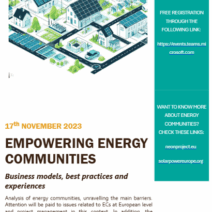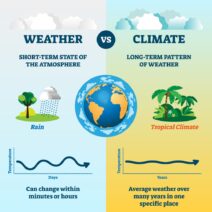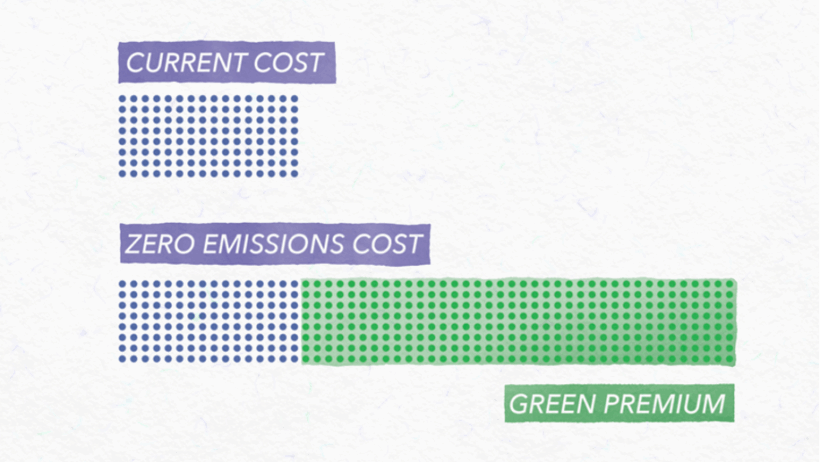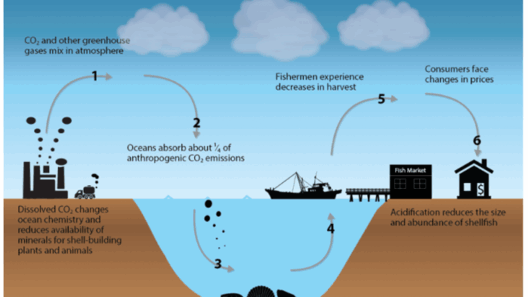The planet faces an inexorable challenge: climate change. As temperatures rise, sea levels swell, and weather patterns become increasingly erratic, the time to tackle this issue is not tomorrow or next year, but now. While the scale of the problem can feel overwhelming, innovative ideas and global actions present us with viable solutions to combat climate change. This discourse aims to elucidate these solutions, inspiring a shift in perspective regarding our environmental responsibility.
To commence, one of the most promising solutions lies in the realm of renewable energy. Transitioning from fossil fuels to sustainable energy sources such as solar, wind, and hydroelectric power is crucial. These alternative sources reduce carbon emissions and lessen our dependence on resources that contribute to global warming. Countries like Denmark exemplify this shift, generating nearly half of their energy from wind turbines. The cascading benefits of renewable energy are manifold; not only does it mitigate climate change, but it also promises to create jobs and stimulate economic growth in burgeoning sectors.
Moreover, innovative technological advancements have the potential to revolutionize our approach to energy consumption. Energy storage technologies, such as advanced batteries, facilitate the maximization of renewable sources. By harnessing energy during peak production and releasing it during high demand, we can ensure a stable energy supply while minimizing waste. Furthermore, smart grid technologies enhance energy efficiency at the consumer level, optimizing electrical distribution and reducing overall consumption.
In the conversation surrounding climate change, it is imperative to highlight the significance of sustainable agriculture. Agriculture, while essential for food security, poses considerable threats to our environment through deforestation, greenhouse gas emissions, and biodiversity loss. Innovative farming techniques, such as agroecology, permaculture, and vertical farming, allow for food production with minimal environmental impact. These methods not only promote biodiversity but also enhance soil health, ensuring that future generations inherit a viable agricultural system.
A staggering opportunity arises in the form of regenerative agriculture, which focuses on holistic practices that restore ecosystems. This radical shift in approach not only enhances productivity but directly contributes to carbon sequestration, drawing down CO2 levels in the atmosphere. By prioritizing soil health, farmers can increase resilience against climate shocks while simultaneously combating climate change.
Governments and organizations worldwide have initiated vital movements aimed at curtailing climate change through global cooperation. The Paris Agreement stands as a landmark effort where nations committed to limit global warming to well below 2 degrees Celsius. This international accord embodies the urgency of collaborative action and collective responsibility. Countries are now necessitated to set ambitious targets and develop innovative solutions to meet these commitments, fostering a global movement toward sustainability.
In parallel, the concept of the circular economy presents a paradigm shift in our consumption patterns. Unlike the traditional linear economy, which follows a “take-make-dispose” model, a circular economy strives to minimize waste and make the most of available resources. By designing products for longevity, repairability, and recyclability, we can significantly reduce our ecological footprint. Businesses are beginning to embrace this model, demonstrating the viability of sustainable practices while simultaneously appealing to environmentally conscious consumers.
Moreover, afforestation and reforestation serve as quintessential elements in combating climate change. Forests act as carbon sinks, absorbing CO2 and mitigating atmospheric concentrations. Programs aimed at planting trees in deforested regions or restoring degraded landscapes are gaining traction. Initiatives like the “Billion Tree Campaign” inspire communities to engage in local reforestation efforts, highlighting the profound impact local actions can have on a global scale.
Public awareness and education also play pivotal roles in addressing climate change. Engaging individuals in sustainable practices encourages collective action. The burgeoning trend of community initiatives, such as community gardens, educational workshops, and local sustainability programs, galvanizes citizens to adopt environmentally friendly lifestyles. By nurturing a culture of sustainability, society can create a formidable coalition against climate change.
Furthermore, the integration of climate justice into the narrative surrounding climate change is essential. Vulnerable communities, often disproportionately affected by environmental degradation, deserve a voice in the solutions. Empowering marginalized populations through inclusive policies and equitable access to resources not only rectifies historical injustices but also strengthens resilience within communities. When all voices are heard, the solutions become more comprehensive and effective.
Innovation in materials science offers yet another avenue for addressing climate change. The development of biodegradable plastics, carbon capture technology, and sustainable building materials can greatly reduce environmental impact. These advancements not only aim to replace harmful materials but also stimulate the creation of new industries. In this light, innovation becomes a tool for reimagining our relationship with the planet.
In conclusion, the solutions to climate change are not one-dimensional but encompass a myriad of innovative ideas and actions cultivated on both global and local scales. By embracing renewable energy, sustainable practices, and collaborative governance, society can forge a path toward a more resilient future. With every small action, from individuals to institutions, the momentum builds. Climate change is not merely a challenge; it is an opportunity for transformation. Together, we can emerge from this crisis not only unscathed but also enriched by the lessons learned from our past and inspired by the promise of a sustainable future.







